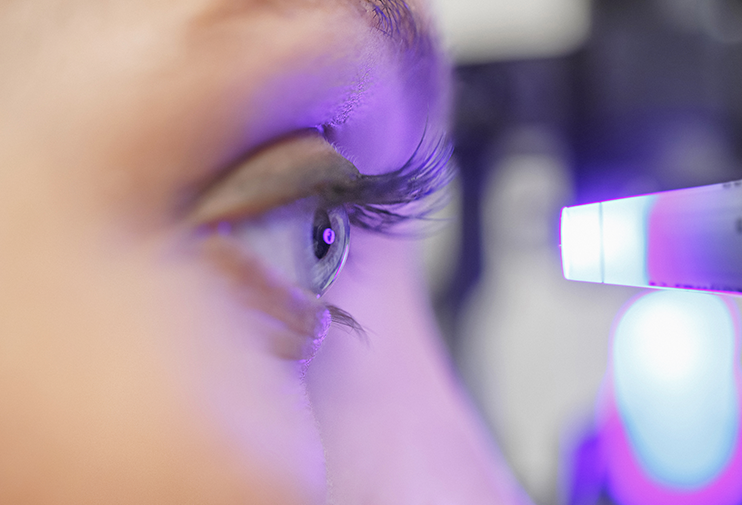What is Dry Eye?
We use state-of-the-art technology to diagnose and treat dry eye.
Sometimes your own tears just aren’t enough. They can’t provide enough nourishment and lubrication to the eye, causing burning, redness, grittiness, tearing, itching, fluctuating vision, eye fatigue, discharge, and sensitivity to wind/humidity.
We’re leaders who specialize in dry eye treatment and use state-of-the-art technology to measure dry eye, provide a diagnosis and treat dry eye early.
What Causes DRY EYE?
Sometimes your eyes can’t provide enough nourishment and lubrication.
Some patients don’t produce enough quality tears to keep their eyes lubricated, resulting in an unhealthy eye surface and blurry vision.
Our eyes produce an inadequate amount of tears, become irritated and produce excess water. This often results in dry eye, a chronic condition that affects how we see and how our tears drain.
What are the symptoms?
Symptoms may vary for each individual, but can include:
- Burning eyes
- Ocular itch
- Watery eyes or tearing
- Fluctuating vision from blurriness
- Eyelid redness and/or swelling
- Eyelash loss and/or change in density
- Eyelash change in length and/or texture/color

Prevention
While hot compresses, lid scrubs, artificial tears and over the counter drops used to be recommended as approaches for treatment for dry eye, there is often an underlying issue that needs to be addressed during a routine eye exam and further diagnosed at one of our centers.
We specialize in dry eye treatment and use state-of-the-art technology to measure dry eye, provide a diagnosis and treat dry eye early.
HOW IS IT
DIAGNOSED?
Dry eye syndrome is much more common than you think.
Dry eye is a medical condition that affects tear production and the overall quality of your tears. From itching and redness to difficulty reading a computer, watching a TV or driving, the symptoms should be discussed during a routine eye exam.
-
Non-prescription Eye Drops
Over the counter artificial tears lubricate dry eyes and maintain moisture on the outer surface of your eyes. They’re available without a prescription. Eyedrops with preservatives are available in multidose bottles. Preservative-free eyedrops have fewer additives and are recommended for moderate or severe dry eyes. Preservative-free eyedrops come in single-dose vials.
-
Prescription Medications
Restasis and Xiidra are often recommended to combat dry eye. Both medications require a prescription from your doctor and are alternative options for combatting dry eye versus over the counter non-prescription eye drops.
-
Amniotic Tissue
Amniotic membrane therapy is sometimes used for difficult-to-treat cases of dry eye with significant corneal damage. It is also used in corneal reconstruction for patients with chemical and thermal burns. A anti-inflammatory graft is used to minimize the buildup of scar tissue and help tears move across the eye.
-
At-Home Adjunctive Therapies
Often we recommend foods that are high in amino acids, Vitamin D and beta-carotene to treat dry eye.



